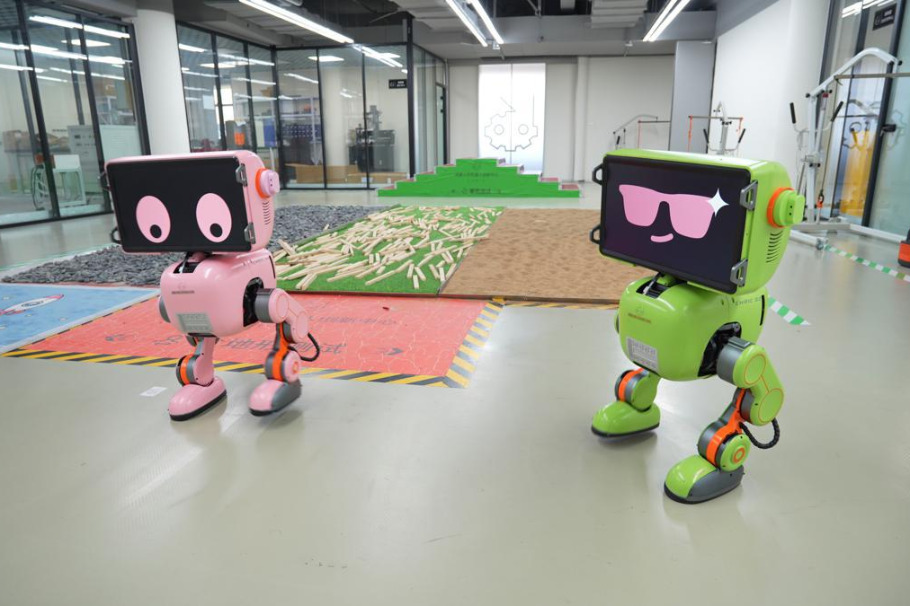Nanjing aims to lead BCI industry

The city of Nanjing, Jiangsu province, is pushing advancements in brain-computer interface technology, blurring the line between science fiction and reality as devices trigger saliva secretion, thoughts control robotic arms, and paralyzed patients communicate through their minds.
Aiming to establish itself as a national hub for the brain-computer interface industry, Nanjing is leveraging its educational and scientific resources to lead this emerging field.
During the Nanjing Brain-Computer Interface Industry Cultivation Conference on Tuesday, the city unveiled China's first domestically produced invasive deep brain electroencephalography recording and stimulation device. Electroencephalography, or an EEG, is a test that measures electrical activity in the brain. The event also marked the launch of an action plan to drive innovation in the industry, focusing on research and development, technology transfer and industrial growth.
Key initiatives in the plan include the establishment of research-oriented wards, promotion of multi-center ethical coordination, and acceleration of real world applications in special education and other industries.
Districts including Gulou, Qixia and Jiangbei New Area, have introduced supportive policies such as research and development subsidies and venue support to attract enterprises.
Zhou Hongbo, Party secretary of Nanjing, said the city is committed to enhancing technological innovation, integrating industry and technology, fostering innovative entities, and ensuring inclusive supervision to propel the industry's development.
"We look forward to close cooperation with universities, research institutions, and enterprises to lead the future in the new field of brain-computer interface industry," Zhou said.
At the conference, Nanjing University's Brain-Computer Interface Research Institute and the Jiangsu Brain-Computer Interface Research Institute announced new construction projects. The university institute will focus on the convergence of brain science and information technology, while the provincial institute will specialize in clinical translation and industrialization.
Tan Zhemin, president of Nanjing University, said the university will leverage its research strengths and interdisciplinary advantages to advance core technologies in brain-computer interfaces, aiming to break new ground in models, chips, algorithms and other areas.
As a cutting-edge technology that enables interaction between the brain and external devices, brain-computer interfaces are seen globally as an important future industrial track. Jiangsu and Nanjing have early foundations in this field, with strong talent pools and thriving related industries that provide a solid base for development.
The establishment of the Jiangsu Province Neuromorphic Intelligence Technology Innovation Center in 2024 and projects such as the Jiangsu (Nanjing) Brain-Machine Intelligence Technology Innovation Park underscore the province's commitment to fostering innovation in brain-computer interface technologies.
Medical applications of the technology have shown promising results in diagnosing and treating conditions including epilepsy, Parkinson's disease, paralysis and Alzheimer's disease. In April, Jiangsu Province Hospital performed the province's first semi-invasive brain-computer interface surgery on a high-level paraplegic patient, marking the fourth such surgery nationwide.
A follow-up two months later showed significant improvement in the patient's hand motor function. With brain-computer interfaces and specially designed pneumatic gloves, the patient can now grasp objects including cups and wooden balls. Even after removing the equipment, the patient can pick up objects by hand.
At the conference, Nanjing released more than 10 research achievements aimed at medical applications, with once distant technologies gradually moving from the laboratory toward commercial use.
Guo Jun contributed to this story.




































